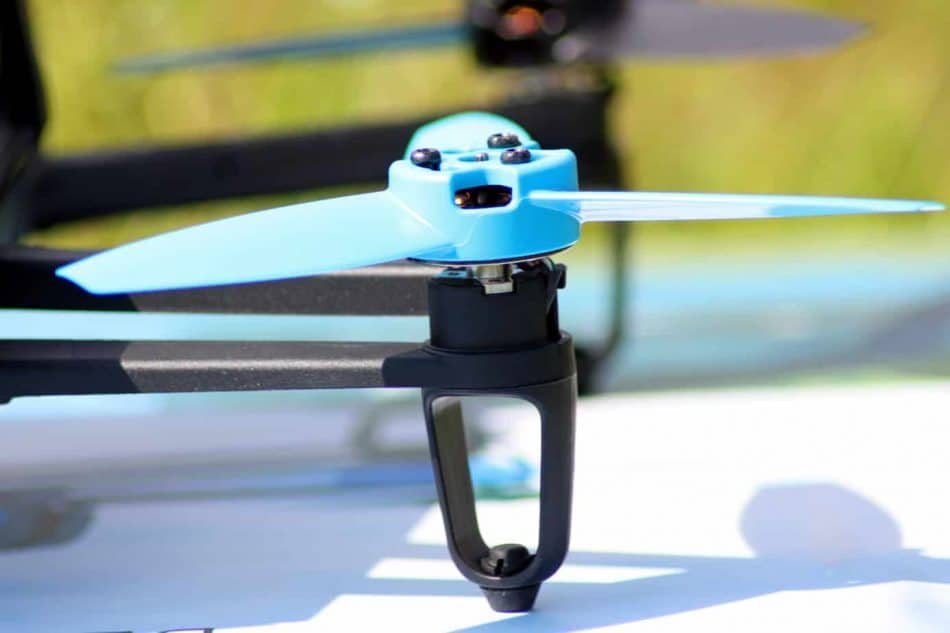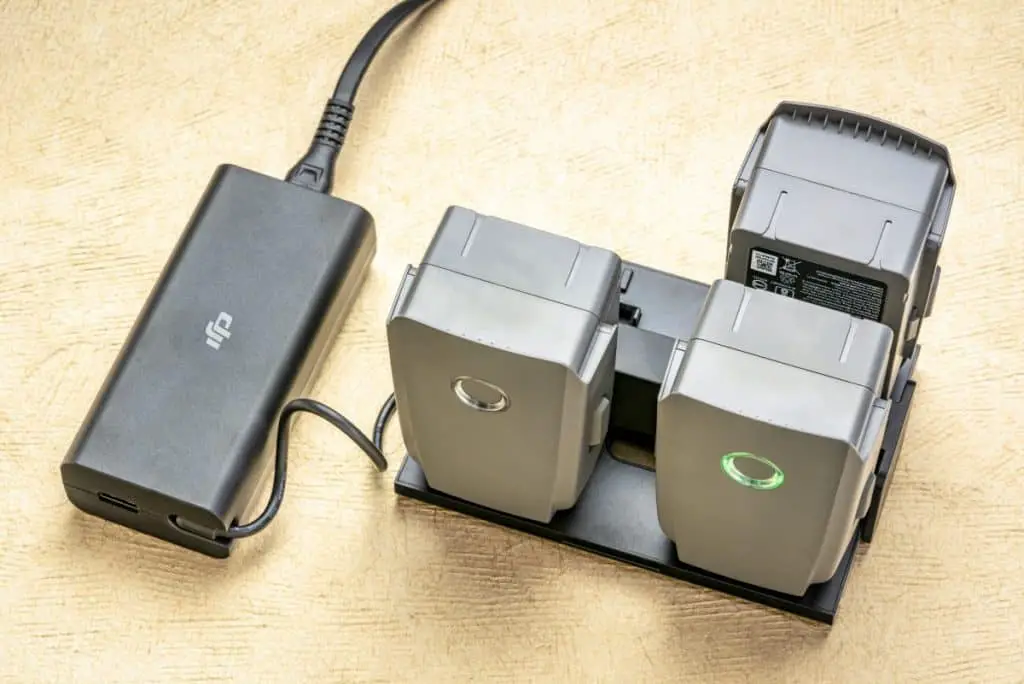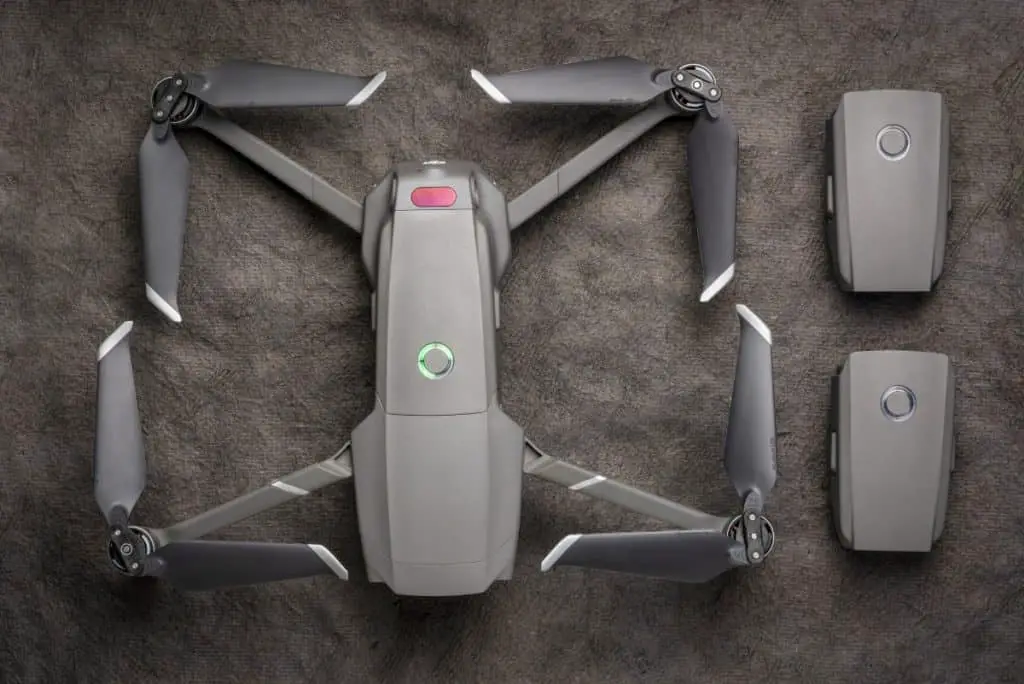Drones are quickly becoming everyday items around us and have found use in a wide range of fields. As more people invest in drones for their activities, the need to keep them in perfect working order becomes an increasing concern. Since the drone’s motor is one of its most essential components, it’s crucial to know when it should be changed to prevent a malfunction.
Drone motors should be replaced once the yaw rotation is off. Ideally, this will happen between 1,000-10,000 hours of flight time but since this can be difficult to track it’s best to develop a keen eye for your drone’s balance while airborne.
This article will provide information that will help understand how to ensure that your drone is always in top shape. I’ll discuss proper maintenance tips and additional information that will help you maintain a perfectly working drone.

Signs That Your Drone’s Motor Is Due for Change
Your motors are the “heart” of your drone. As a result, they should be in top shape for your drone to perform as it should. One thing to note is that most drone motors will last at least 1,000 hours or a few hundred flights.
However, while the upper durability limit is in the 3,000-10,000 hour range, they can develop faults before then. Consequently, it’s far more effective to understand how to spot a faulty motor than to depend purely on flight hours.
Here are a few things that can be pointers that your drone may require some attention:
- Sluggish response to commands. If you notice that your drone isn’t responding to your commands as quickly as it used to, then one or more motors might not be working as they should. Remember that practically every movement your drone makes is made possible by the motors that power the propellers.
- Tilting movement. If the drone appears to be tilting to one side when it’s flying, it means that the airflow on that side isn’t at par with the airflow on the other sides. This likely means that the motor(s) on that side isn’t producing enough rotation for the propeller(s) on that side to generate enough airflow.
- Poorly spinning propellers. Propellers that aren’t spinning as well as they should are likely a direct result of a malfunctioning motor. However, you should first ensure that this isn’t a problem with the battery or dust in the propellers before changing the motors.
- Discoloration of the motor windings. A discoloration that looks like a burn around the windings on any motor can be a sign that the motor is burning out. This might also be accompanied by a burning smell.
The hints shared above are some of the major signs that your drone’s motor might be due for replacement. While the issues with motors can sometimes be fixed, the cost of doing this for most common drone sizes makes it cheaper to simply replace the faulty motor than attempting to repair it.
How To Take Care of a Drone’s Motor
This article wouldn’t be complete if I didn’t provide a few tips to help you take care of your drone’s motor and, by implication, the drone itself. By implementing these care tips, you’ll improve its performance and also ensure that the motors serve you for as long as they should.
- Keep the motors clean. Cleaning the motors after use is a great way of ensuring they stay in tip-top shape. This will remove dirt particles and any foreign bodies that may have gotten into them while the drone was in use. A good way to clean the motors is to remove the propellers and blow out the dirt with pressurized air.
- Observe breaks between flights. Regardless of your drone’s battery life, it’s important not to fly continuously for long periods. Give short 10-minute breaks between flights. This will reduce instances of overheating. This is especially crucial if your drone uses brushed motors.
- Always fly with fully-charged batteries. You don’t want your drone to experience power failure while in mid flight. Should the power get depleted while in mid flight, the drone will crash and get damaged, motor and all.

Types of Drone Motors
To understand how to take care of your drone’s motor, you should also understand the type of motor your drone has. Both types of motors work differently and this significantly affects their effective life.
There are two main types of drone motors. The first is the brushless motor, and the second is the brushed motor. Both serve similar functions but differ in how they carry out them out
A brushed motor works based on direct current. However, to keep this current flowing, it requires brushes to periodically swipe the motors. Alternatively, brushless motors forgo brushes by using an alternating current which keeps the motor in motion.
While this might not be as important to you as a consumer, the effects of it are. Since brushed motors have added brushes to keep their motors running, they wear down much faster and will need to be replaced more often.
On average, brushed motors will last about 1,000-3,000 hours while their brushless counterparts will last up to 10,000 hours.
Functions of a Drone Motor
The simple but essential task that a motor performs in a drone is rotating the propellers. Practically every movement and maneuver a drone can perform is a function of the airflow generated by the propellers.
Each propeller is driven by a motor. If a drone is a quadcopter; has four propellers, it means that it has four motors. These motors work in tandem with each other to cause the drone to lift off, turn right, left, and perform any other maneuvers that the drone is capable of.

Conclusion
It’s important to take proper care of your drone even before you notice the motors begin to go bad. While motor death is inevitable due to moving parts and friction, it can be put off for longer with proper care.
Flight time is usually a good indicator of how much time your motor has left. However, since it’s difficult to track hundreds of potential flights, knowing how to spot a faulty motor is essential.
